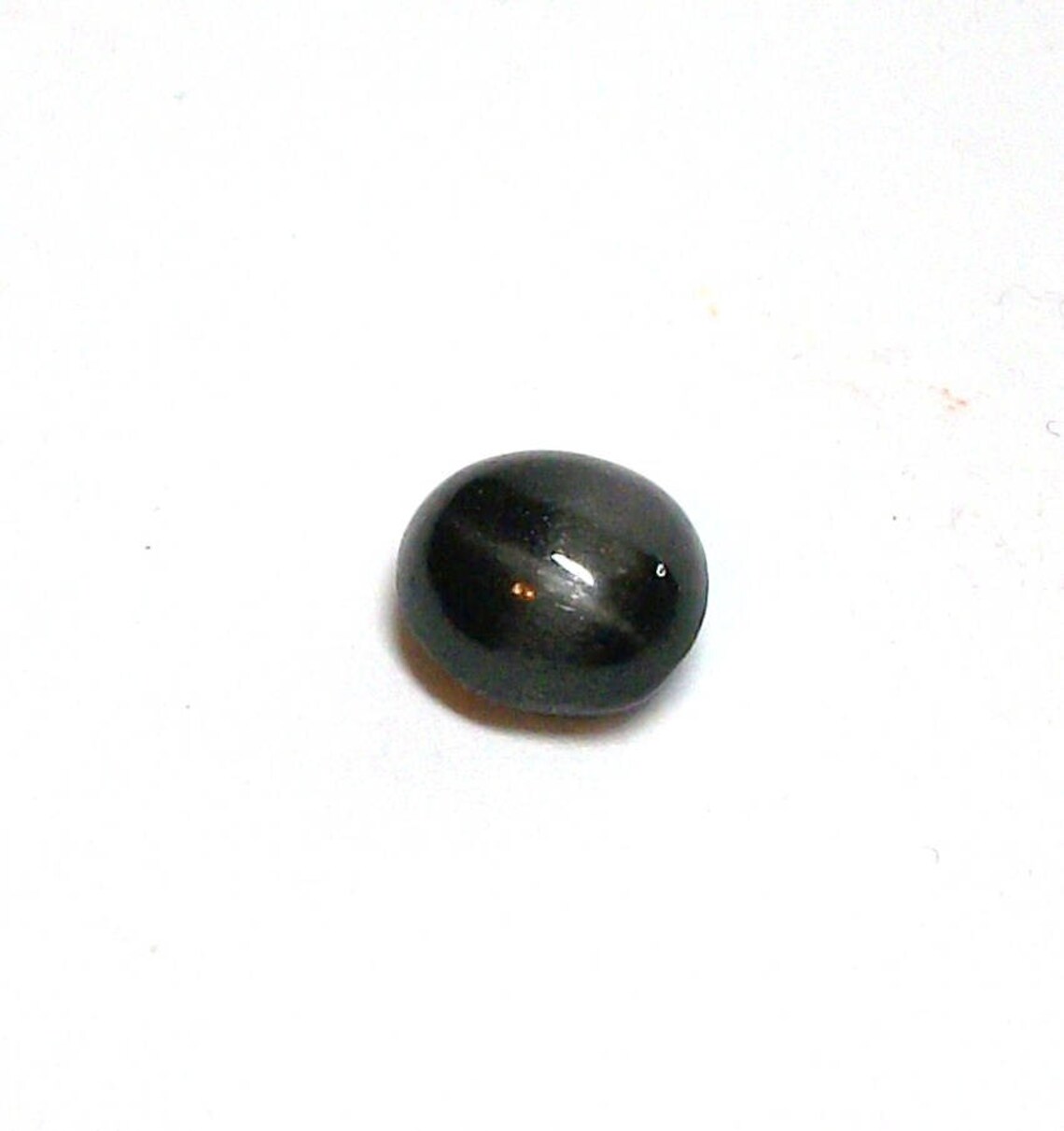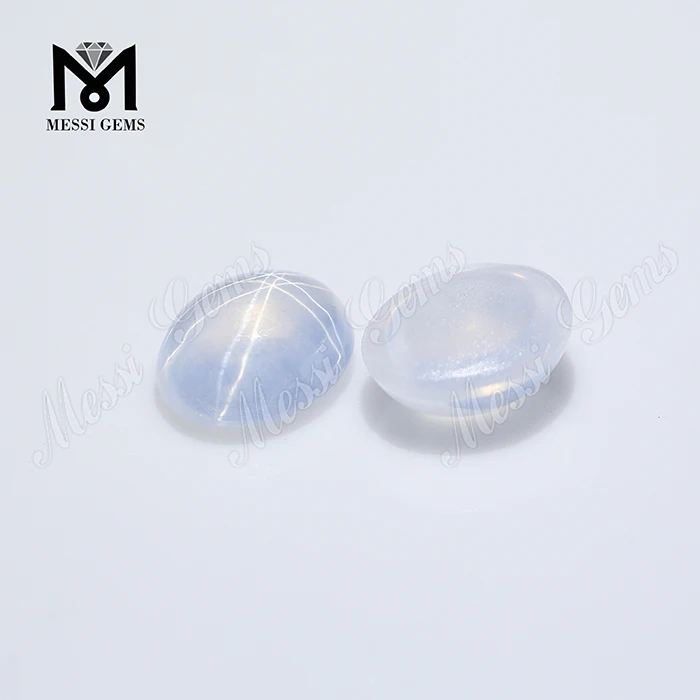

The 182 carat Star of Bombay, mined in Sri Lanka and located in the National Museum of Natural History in Washington, D.C., is another example of a large blue star sapphire. The Star of India mined in Sri Lanka and weighing 563.4 carats is thought to be the third largest star sapphire, and is currently on display at the American Museum of Natural History in New York City.

The Black Star of Queensland, the second largest gem quality star sapphire in the world, weighs 733 carats.
:origin()/pre12/1a08/th/pre/i/2017/165/9/8/a___black_star_sapphire_by_seopai-dbcneh1.png)
The gem was mined in the city of Ratnapura, southern Sri Lanka. The Star of Adam is the largest blue star sapphire which weighs 1404.49 carats. If the dome is oriented in between these two directions, an off center star will be visible, offset away from the high point of the dome. The inclusions can alternatively produce a cat’s eye effect if the face up direction of the cabochon’s dome is oriented perpendicular to the crystal’s c axis rather than parallel to it. Misshapen stars or 12 rayed stars may also form as a result of twinning. Occasionally, twelve rayed stars are found, typically because two different sets of inclusions are found within the same stone, such as a combination of fine needles of rutile with small platelets of hematite, the first results in a whitish star and the second results in a golden colored star.ĭuring crystallization, the two types of inclusions become preferentially oriented in different directions within the crystal, thereby forming two six rayed stars that are superimposed upon each other to form a twelve rayed star. The stones are cut as cabochon, typically with the center of the star near the top of the dome. The inclusion is often the mineral rutile, a mineral composed primarily of titanium dioxide. Star sapphires contain intersecting needle like inclusions following the underlying crystal structure that causes the appearance of a six rayed star shaped pattern when viewed with a single overhead light source.


 0 kommentar(er)
0 kommentar(er)
